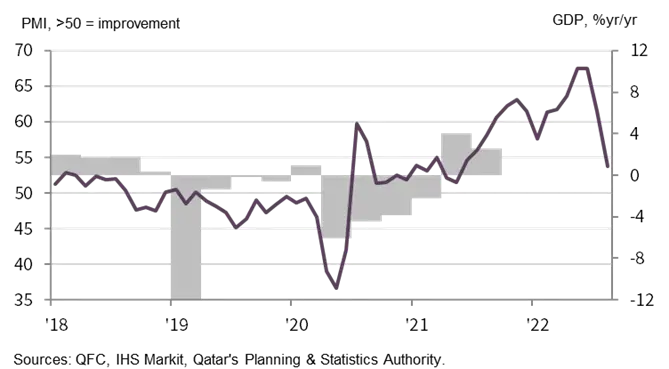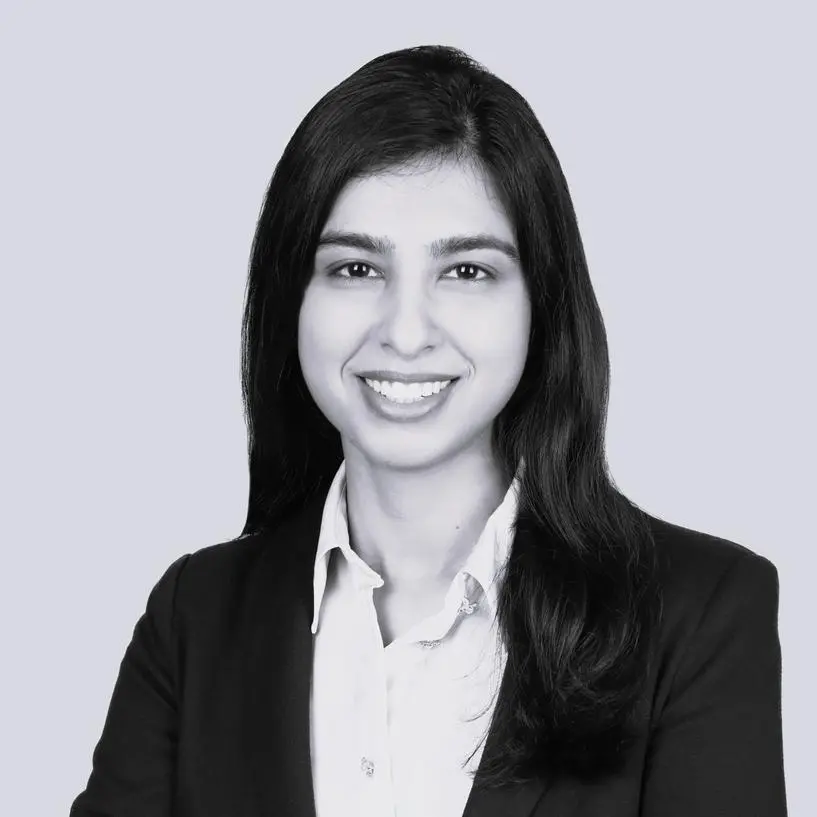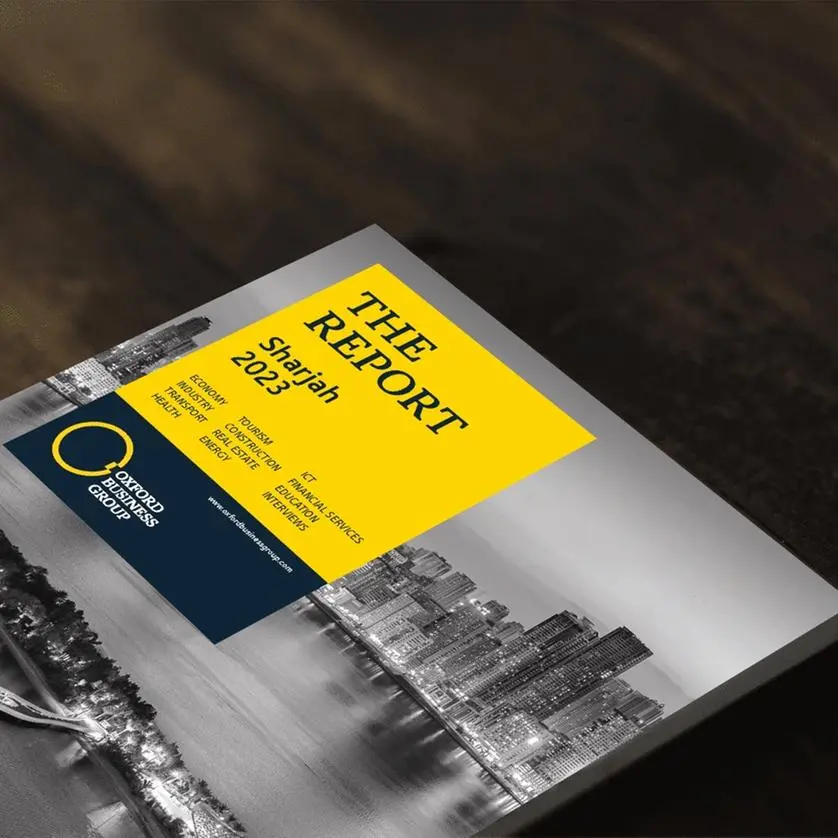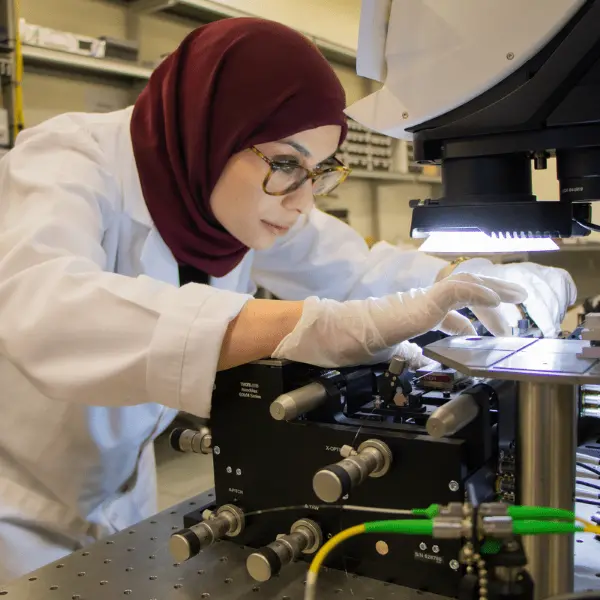- Output and new orders rise sharply
- Renewed reduction in backlogs allows a decline in headcounts
- Purchase costs fall for the first time in seven months
Data were collected 12-24 August 2022.
Doha, Qatar: – The latest Purchasing Managers’ Index™ (PMI™) survey data from Qatar Financial Centre (QFC) continued to indicate growth in the non-energy private sector in August. The rates of expansion in total activity, new work and purchasing activity all eased from those seen in July but were still strong by historical standards. At the same time, a renewed reduction in backlogs allowed firms to cut their headcounts and subsequently protect profit margins. In fact, overall input price inflation rose only slightly during the month, but strong demand allowed firms to hike their charges at the quickest rate in eight months during August.
The Qatar PMI indices are compiled from survey responses from a panel of around 450 private sector companies. The panel covers the manufacturing, construction, wholesale, retail, and services sectors, and reflects the structure of the non-energy economy according to official national accounts data.
The headline Qatar Financial Centre PMI is a composite single-figure indicator of non-energy private sector performance. It is derived from indicators for new orders, output, employment, suppliers’ delivery times and stocks of purchases.
At 53.7 in August, down from 61.5 in July, the latest PMI signalled softer, yet solid business conditions in Qatar's non-energy sector.
Output rose at a more moderate pace in August, though the rate of growth was still marked and much quicker than the long-run series average. At the sub-sector level, the strongest performing area was the manufacturing sector, followed by wholesale & retail, services and lastly construction.
Similarly, new orders rose midway through the third quarter, and for the twenty-sixth month in a row. The rate of expansion eased to a 15-month low, but growth was still sharp. Firms continued to indicate strong demand for Qatari non-energy goods and services.
Despite marked increases in both output and new orders, Qatari non-energy firms chose to cut their headcounts in August. The rate of job shedding was only marginal, however. Signs of spare capacity emerged, with backlogs falling for the first time in 23 months. Firms indicated that headcounts were sufficient in meeting new order inflows.
Sustained new order growth led firms to raise their buying activity. Purchases have now risen in each of the last 26 months. In contrast, firms cut their stocks of purchases, albeit only marginally.
Turning to prices, overall input price inflation rose marginally, after falling in the previous survey period. An increase in staff costs was behind the overall rise, while purchase prices decreased for the first time in seven months.
Firms decided to capitalise on strong demand conditions by hiking their selling prices for the fourth month in a row. The overall rate of charge inflation was sharp and the quickest for eight months.
Finally, with the FIFA World Cup nearing, firms became more confident of output growth over the next 12 months. Sentiment was in fact the joint-strongest for almost a year.
QFC Qatar PMI™ vs. GDP


Finance sector continues to expand sharply in August
- Growth rates for output and new orders ease, but remain strong
- Headcounts fall fractionally
- Sentiment strongest for over two years
The latest PMI data on Qatar's financial services sector signalled further marked growth in August. Business activity increased at a slower pace to that seen in the previous eight months but was still much stronger than the long-run series average. New business growth followed a similar trend, easing to an eight-month low but remaining marked overall.
At the same time, employment stagnated after 11 consecutive months of expansion.
Nevertheless, firms were hopeful of output growth over the next 12 months. In fact, sentiment reached a 26-month high.
Turning to prices, overall input prices fell marginally in August ending an 11-month sequence of inflation. Selling prices also fell, albeit only fractionally.
Comment
Yousuf Mohamed Al-Jaida, Chief Executive Officer, QFC Authority:
"Companies in Qatar's non-energy sector faced another month of bustling demand and strong output performance with the PMI still firmly in expansion territory in August.
"Rates of output and new order growth continued to ease but were still sharp by historical standards.
"Firms nevertheless protected their profit margins by cutting their headcounts in light of spare capacity. Furthermore, overall input prices rose only marginally during the month and purchase costs fell. With demand strong, firms were able to raise their selling prices solidly.
"At the same time, sustained increases in demand and the upcoming FIFA World Cup supported hopes of output growth over the coming months.”
-Ends-
ABOUT THE QATAR FINANCIAL CENTRE
The Qatar Financial Centre (QFC) is an onshore business and financial centre located in Doha, providing an excellent platform for firms to do business in Qatar and the region. The QFC offers its own legal, regulatory, tax and business environment, which allows up to 100% foreign ownership, 100% repatriation of profits, and charges a competitive rate of 10% corporate tax on locally sourced profits.
The QFC welcomes a broad range of financial and non-financial services firms.
For more information about the permitted activities and the benefits of setting up in the QFC, please visit qfc.qa
@QFCAuthority | #QFCMeansBusiness@QFCAuthority | #QFCMeansBusiness
MEDIA CONTACTS
QFC: Nadine Assi, Marketing & Corporate Communications Department, n.assi@qfc.qa
ENQUIRIES ABOUT THE REPORT
QFC: qatarpmi@qfc.qa
ABOUT S&P GLOBAL
S&P Global (NYSE: SPGI) S&P Global provides essential intelligence. We enable governments, businesses and individuals with the right data, expertise and connected technology so that they can make decisions with conviction. From helping our customers assess new investments to guiding them through ESG and energy transition across supply chains, we unlock new opportunities, solve challenges and accelerate progress for the world.
We are widely sought after by many of the world’s leading organizations to provide credit ratings, benchmarks, analytics and workflow solutions in the global capital, commodity and automotive markets. With every one of our offerings, we help the world’s leading organizations plan for tomorrow, today. www.spglobal.com.
ABOUT PMI
Purchasing Managers’ Index™ (PMI™) surveys are now available for over 40 countries and for key regions including the Eurozone. They are the most closely watched business surveys in the world, favored by central banks, financial markets and business decision makers for their ability to provide up-to-date, accurate and often unique monthly indicators of economic trends.
https://ihsmarkit.com/products/pmi.html.
METHODOLOGY
The Qatar Financial Centre PMI™ is compiled by S&P Global from responses to questionnaires sent to purchasing managers in a panel of around 450 private sector companies. The panel is stratified by detailed sector and company workforce size, based on contributions to GDP. The sectors covered by the survey include manufacturing, construction, wholesale, retail and services.
Survey responses are collected in the second half of each month and indicate the direction of change compared to the previous month. A diffusion index is calculated for each survey variable. The index is the sum of the percentage of ‘higher’ responses and half the percentage of ‘unchanged’ responses. The indices vary between 0 and 100, with a reading above 50 indicating an overall increase compared to the previous month, and below 50 an overall decrease. The indices are then seasonally adjusted.
The headline figure is the Purchasing Managers’ Index™ (PMI). The PMI is a weighted average of the following five indices: New Orders (30%), Output (25%), Employment (20%), Suppliers’ Delivery Times (15%) and Stocks of Purchases (10%). For the PMI calculation the Suppliers’ Delivery Times Index is inverted so that it moves in a comparable direction to the other indices.
Underlying survey data are not revised after publication, but seasonal adjustment factors may be revised from time to time as appropriate which will affect the seasonally adjusted data series.
Data were collected 12-24 August 2022.
For further information on the PMI survey methodology, please contact economics@ihsmarkit.com.
CONTACT
S&P Global: Sabrina Mayeen
E. Sabrina.mayeen@spglobal.com










